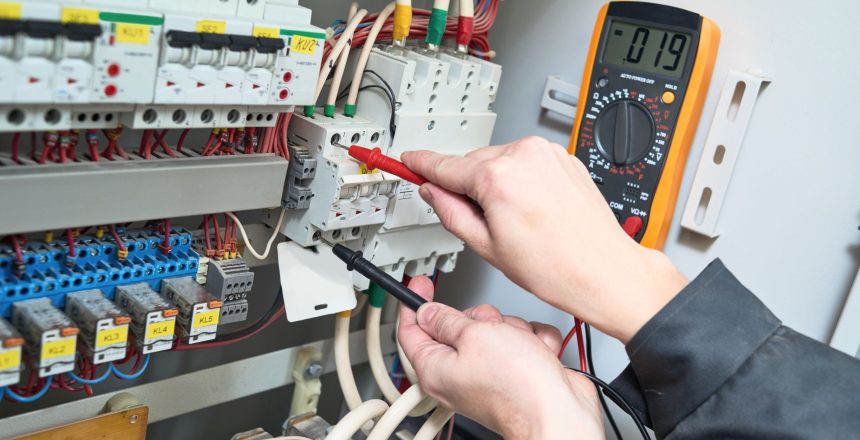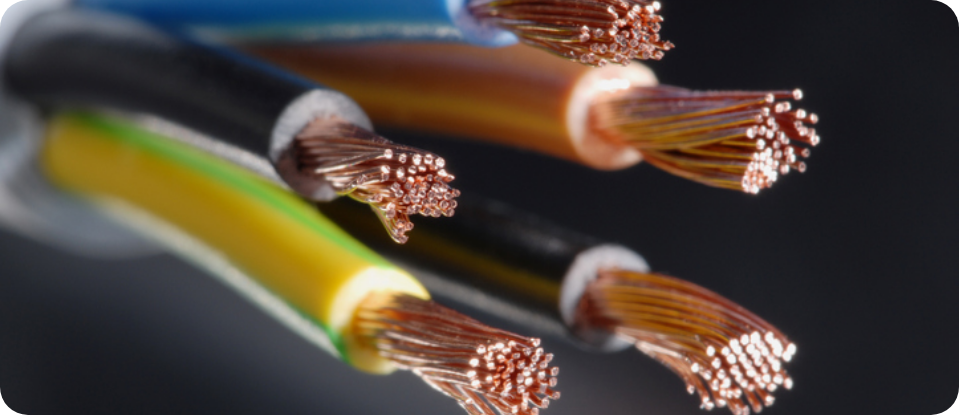The Greek Philosopher Heraclitus is credited with the phrase “The only thing that is constant is change.” That is certainly the case with the new 2018 Edition of IEEE 1584 ‘IEEE Guide for Performing Arc-Flash Hazard Calculations’. Almost everything has changed – except the title! The first edition of IEEE 1584 was published on September 23, 2002. Based on over 300 arc flash tests (considered a lot back in its day) it contained empirically derived equations for calculating the arcing short circuit current, incident energy and arc flash boundary. Since it was first introduced back in 2002, IEEE 1584 has gained widespread global use for performing arc flash risk assessments.
Although the 2002 edition was considered a landmark standard considering many factors such as the effect of equipment types, conductor gap distances, differences in the rate of decay of incident energy with distance and more, there were many additional areas that needed addressed in a future edition.
One area was that the 2002 edition was based on arc flash tests with the electrodes placed in a vertical configuration as shown to Figure 1. Questions were later raised about other electrode configurations such as horizontal instead of vertical orientation and vertical electrodes terminating in a barrier such as Figure 2. The effect of the enclosure size was also a consideration. Sixteen years later with over 1800 new arc flash tests, the 2018 Edition was finally published on November 30, 2018.
New Electrode / Conductor Configuration
When an arc flash occurs using the original model with three electrodes in a vertical orientation, the arc plasma is driven towards the bottom of the box and often spills out of the front.
Subsequent research has shown that incident energy can be influenced by the electrode orientation. As a result, many new tests were conducted using electrodes that include both a horizontal configuration and vertical electrodes that terminate into an insulating barrier.
When the electrodes are placed horizontally, the arc plasma is directed from the ends of the electrodes outward. Research has also indicated that if vertical electrodes are terminated into an insulating barrier, the arc hits the barrier and the plasma cloud is directed more towards the enclosure opening. The barrier configuration represents conditions that may occur such as when conductors terminate into a terminal block or other device.
To provide greater modelling flexibility for equipment, five different electrode/bus configurations as illustrated in Figure 3, were included in the testing program and subsequent model development which include:
- Vertical electrodes in a metal box/enclosure – VCB (also in 2002 Edition)
- Vertical electrodes terminated in an insulating barrier in a metal box – VCCB
- Horizontal electrodes in a metal box – HCB
- Vertical electrodes in open air – VOA (also in 2002 Edition)
- Horizontal electrodes in open air – HOA
The results of the new arc flash tests have been used to develop the next generation of IEEE 1584 arc flash equations.
Enclosure Size Correction Factor
The enclosure size can have a significant impact on the arc flash energy being expelled and reaching a worker. The smaller the enclosure, the more concentrated the energy is – focusing it more towards the worker. Larger enclosures have less of a focusing effect resulting in less incident energy – assuming all other parameters remain the same.
The 2002 Edition accounted for the effect of the enclosure by considering only three different sizes representing medium voltage equipment, low voltage power equipment and low voltage distribution equipment. The 2018 Edition provides greater flexibility by not only including more enclosure sizes for more types of equipment, it also provides a new method to adjust the calculations for any enclosure size. This adjustment is known as the Enclosure Size Correction Factor (CF).
The new equations are based on a normalized enclosure size of 508 mm x 508 mm x 508 mm (20 inches x 20 inches x 20 inches). If the actual enclosure is larger, the correction factor CF can be determined using actual dimensions and then used to adjust the results for a more accurate (and lower) value of incident energy and arc flash boundary. Not including the correction factor would result in higher (more conservative) values based on the normalized dimensions.
There is also a correction factor for a “shallow” enclosure which is defined by a height AND width less than 508 mm (20 inches) AND the voltage is less than 600 V AND the depth is 203.2 mm (8 inches) or less. For the shallow case, the correction factor also results in a decrease in the incident energy and arc flash boundary due to the closer proximity of the electrodes to the opening.
Arcing Current Variation Correction Factor
The first edition of IEEE 1584 included an 85% factor for reducing the calculated arcing short circuit current for systems up to 1kV. The reduction was to account for variations that may occur in the actual arcing current which could affect how fast a protective device may operate. If the reduced arcing current resulted in a longer clearing time and larger incident energy, results based on the adjusted current would be used.
Instead of a fixed 85% factor, the 2018 edition includes an “Arcing Current Variation Correction Factor” based on using a new equation. This represents a more accurate arcing current variation as a function of the electrode configuration as well as other factors and applies for all voltages.
125 kVA Transformer Exception
Often referred to as the “125 kVA Exception”, the 2002 Edition of IEEE 1584 contained language that permits a study to exclude calculations for circuits with voltages less than 240 volts and fed by transformers 125 kVA and smaller. This exception was based on a few tests that indicated if an arc flash occurs at lower voltages and also with a lower magnitude of short circuit current, it would be difficult to sustain the arc and would result in a lower level of incident energy.
However, since 2002, there has been significant testing that indicates under certain conditions, it is possible to sustain an arc flash at much lower levels of short circuit current. Based on the results of additional testing, the 125 kVA language has been deleted. Instead, new language states:
Sustainable arcs are possible but less likely in three-phase systems operating at 240 V nominal or less with an available short-circuit current below 2000 Amps.
What’s Next?
Are we done yet? No! Even after several decades, hundreds of people, tens of thousands of man hours and millions of dollars in research we still continue to learn more about arc flash. Future work may someday consider single phase arc flash, higher voltages, DC arc flash and much more. And so, the journey continues.
Our keynote speaker, Jim Phillips walked through Arc Flash calculations and more specifically how the 2018 edition is used in arc flash studies.




